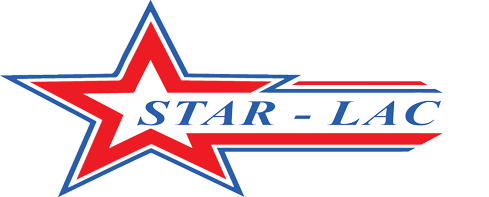Canvas Print Coating Using a Roller
After the printing stage, one has to let the canvas print has absorb the printing ink, as the canvas’s face are not wet and the ink is dry, and then the canvas print can be coated with Star-Lac varnish.
The print drying duration is between 1 to 10 minutes. It depends on the type of ink, the amount of ink sprayed by the printer and the type of canvas used.
* Place the canvas print on a smooth and straight cardboard surface without bumps. Use a completely flat cardboard and rather than a corrugated one. Glue the canvas print to the cardboard surface using masking tape.
* Gently mix the varnish container, in order to make all the ingredients equally dispersed inside the container.
* Pour the required amounts of liquid into the roller tray (for small prints – use a small roller and for large prints – use a larger one) – use foam roller
* Sponge the roller in the varnish liquid and slightly squeeze it using back and forth movements on the rough part of the tray.
Now, go through the canvas print using the roller while continuing to dip the roller in the varnish liquid in the tray from time to time.
Do not strongly press the roller on the surface of the canvas, but simply give the roller’s self weight move across the canvas.
Move the roller at each direction several times until attaining a homogenous layer with minimal numbers of bubbles, also go over the lines created by the roller’s margins, these lines are being creating for two reasons: firstly, due to pressing the roller too strong over the canvas, and secondly, due to a large amount of lacquer inside the roller sponge.
* Moreover, when one presses the foam roller too strong over the print in certain types of ink, it might result in a situation in which little dark shades of ink would be absorbed into the roller, and that is why exerting pressure using the roller is not recommended, but let the roller’s self weight do the work.
* After completing the coating, take a new and dry roller and go over the canvas print in order to absorb the liquid’s surpluses and also to prevent air bubbles to create.
Gently go over the canvas with the dry roller and do not press it on the canvas surface.
Moreover, go over in both directions with the dry roller until attaining a clean and smooth canvas print.
While rolling with the foam roller and absorbing the varnish surpluses, you will notice that all the bubbles are disappeared.
This action of absorbing the surpluses will rid of from all bubbles, therefore you need to let the roller’s self weight to slide slightly over the canvas surface.
* When we coat more than one print with varnish, the dry roller would probably absorb the varnish liquid would be moist, therefore it is recommended to prepare several dry rollers as needed,
or you can squeeze the roller on to dry sheet of clean canvas and get rid from all the moisture in the sponge and than continue absorbing the varnish surpluses
* Each time one finishes absorbing the rest of the varnish over the print, the roller must be inserted into a bucket of water and when the work is completed – wash it and the rest of the rollers well under running water, and after the rollers dry out, they can be used again for the following works.
* Once the work is done, let the canvas print dry out. Usually, the drying duration depends on the humidity and the room temperature conditions.
One can speed up the drying process using heating instruments such as, heating oven with heating rib sides and no air blow.
It is important to note that before the speeding process using heat, the canvas print must absorb the varnish which was spread on it and the fluid to be spread out and become a united layer over the canvas for few minutes and then, the drying speeding process can be done using heat radiating.
